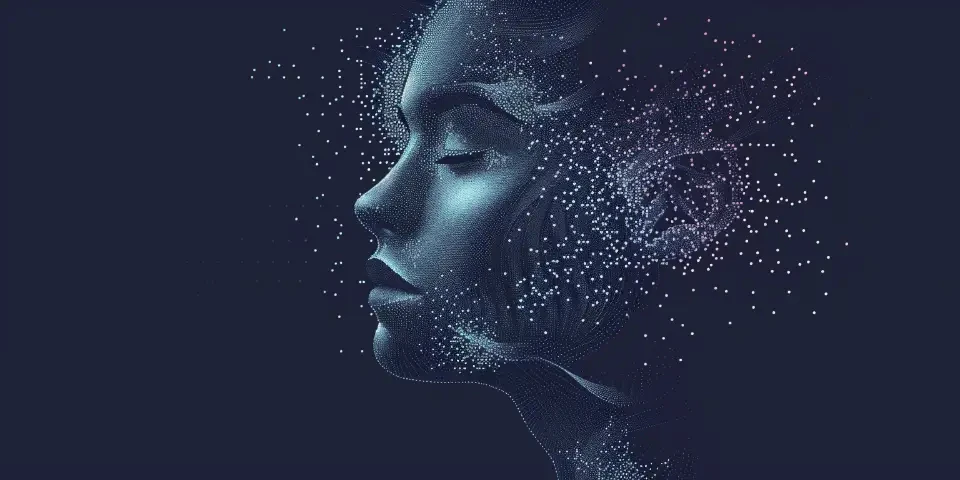AI Collaborators How Studios are Harnessing Artificial Intelligence to Enhance Creativity
Artificial Intelligence (AI) has revolutionized various industries, and the creative field is no exception. As studios seek new ways to enhance creativity and streamline workflows, AI has emerged as a powerful tool. This article explores how studios are harnessing AI to collaborate with human artists, paving the way for innovative and efficient creative processes.
1. AI-powered Image and Video Editing
AI algorithms can analyze and understand visual content, making image and video editing faster and more precise. AI-powered tools like Adobe Sensei and Pixlr use advanced image recognition to help artists automate tasks such as color correction, object removal, and background replacement, saving significant time and effort.

Furthermore, AI-powered video editing tools such as Magisto and Wibbitz use natural language processing and computer vision to automatically generate engaging video content from raw footage, enabling artists to quickly create polished videos with minimal manual editing.
2. Intelligent Sound Design
AI is transforming the way sound designers work. Using machine learning algorithms, tools like Jukedeck and Amper Music generate custom music and sound effects based on specific requirements. These AI collaborators can save valuable time and provide artists with a vast library of unique audio options to enhance their projects.
AI-powered plugins, such as iZotope's Neutron, analyze audio tracks to provide intelligent suggestions for EQ, compression, and other sound processing techniques, allowing artists to achieve professional-quality sound without extensive manual tweaking.
3. Streamlined 3D Modeling
Creating 3D models can be a time-consuming process, but AI is simplifying the workflow. Tools like Autodesk's generative design algorithms combine AI and machine learning to automate the creation of 3D models based on specific parameters. This collaborative approach empowers artists to explore a range of design options quickly.
Additionally, AI-based rendering tools like NVIDIA's OptiX and Chaos Group's V-Ray Next utilize advanced algorithms to enhance the realism of 3D renderings, resulting in more accurate lighting, shading, and texturing.
4. Data-driven Concept Art
AI can assist artists in generating concept art and illustrations based on specific themes or ideas. Platforms like Runway ML and Google's DeepDream utilize machine learning techniques to transform sketches into fully-realized artworks or generate unique visual styles. While AI may not completely replace human creativity, it offers a fresh perspective and alternative interpretations, inspiring artists in their creative process.
5. Smart Content Creation Tools
AI-powered content creation tools like Artbreeder and The Grid are capable of automatically generating imaginative compositions, merging different elements, and transforming existing artworks, providing artists with new sources of inspiration. These tools leverage AI algorithms to understand artistic styles and generate visually striking output.
Moreover, AI-based writing assistants like Grammarly and Frase analyze written content, checking grammar, suggesting improvements, and even providing topic suggestions. These collaborators help writers refine their work and ensure accuracy, speeding up the content creation process.
6. Enhanced Collaborative Platforms
A new wave of collaborative platforms is emerging, incorporating AI to facilitate better communication and workflow management. Tools like Slack and Trello use AI-powered chatbots and smart notifications to streamline project collaboration, allowing artists to communicate seamlessly and stay organized.
Virtual collaboration platforms such as Spatial and NVIDIA Omniverse enable artists to work together in virtual environments, leveraging AI to synchronize and visualize changes made by multiple collaborators. These platforms improve efficiency by eliminating the need for constant file transfers and facilitating real-time feedback.
7. Predictive Analytics for Marketing
AI tools can analyze large volumes of data, providing valuable insights for marketing campaigns. Platforms like Salesforce's Einstein and Google Analytics utilize AI algorithms to predict customer behavior, identify trends, and optimize marketing strategies. By harnessing AI, studios can make data-driven decisions, resulting in more effective marketing campaigns and higher engagement.
8. Customized User Experiences
AI can personalize user experiences in various creative domains. Streaming platforms like Netflix and Spotify leverage AI algorithms to recommend content based on users' preferences and viewing habits. This personalized approach ensures higher user satisfaction and engagement.
Furthermore, AI-powered chatbots and voice assistants, such as Amazon's Alexa and Apple's Siri, can provide immersive experiences for users interacting with creative content. These AI collaborators enhance user engagement by offering interactive and conversational interfaces.
FAQs:
1. Can AI completely replace human artists?
No, AI is not meant to replace human artists but rather to collaborate with them and enhance their creative processes. AI brings new tools, techniques, and perspectives to the table, inspiring and supporting human creativity.
2. Are there any privacy concerns when using AI collaborators?
As with any technology that handles user data, privacy concerns should be addressed. Studios must ensure that the AI collaborators they use adhere to privacy regulations and implement robust security measures to safeguard user data.
3. What is the future of AI in the creative industry?
The future of AI in the creative industry looks promising. As technology evolves, AI will continue to advance and offer more sophisticated tools. However, human creativity and artistic expression will always play a vital role in the creative process.
References:
1. Adobe Sensei: https://www.adobe.com/creativecloud/ai.html
2. iZotope Neutron: https://www.izotope.com/en/products/neutron.html
3. Autodesk's generative design: https://www.autodesk.com/solutions/generative-design
Explore your companion in WeMate